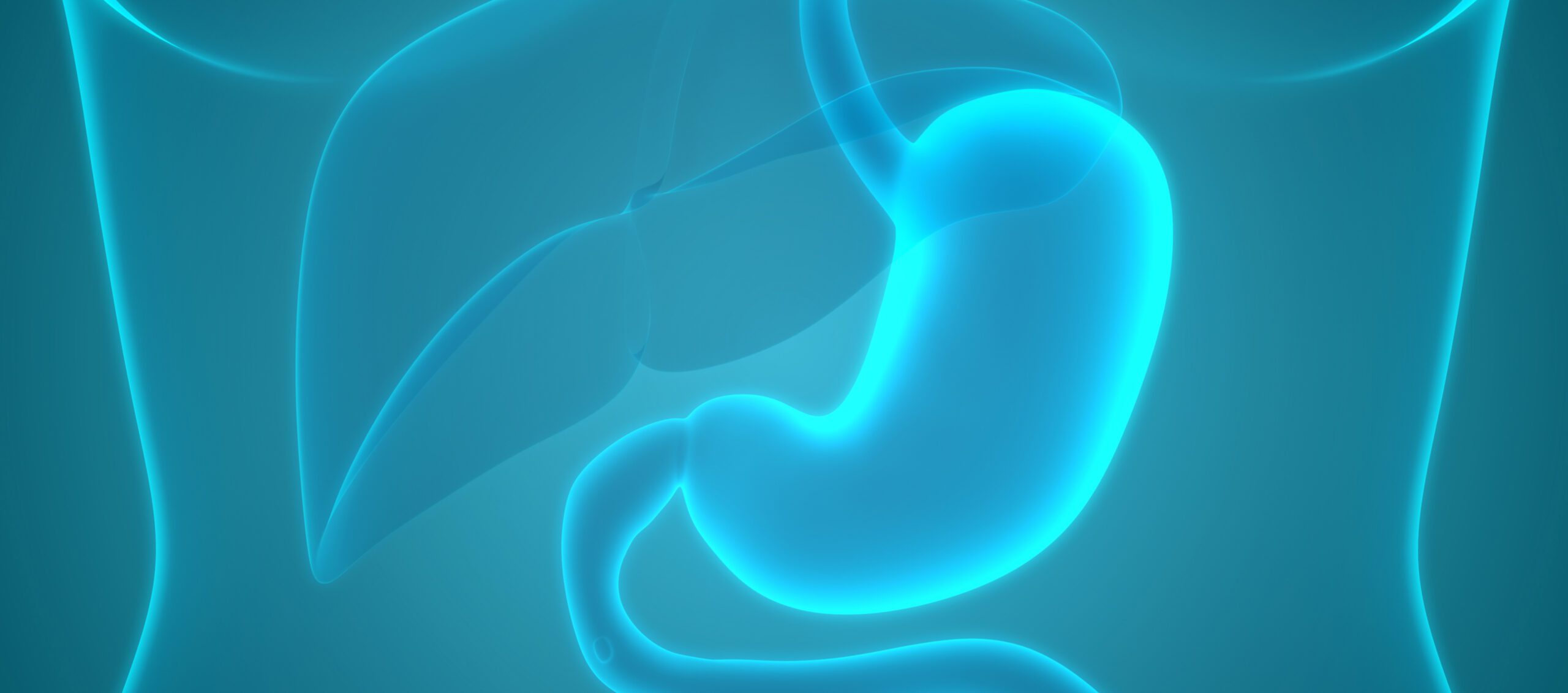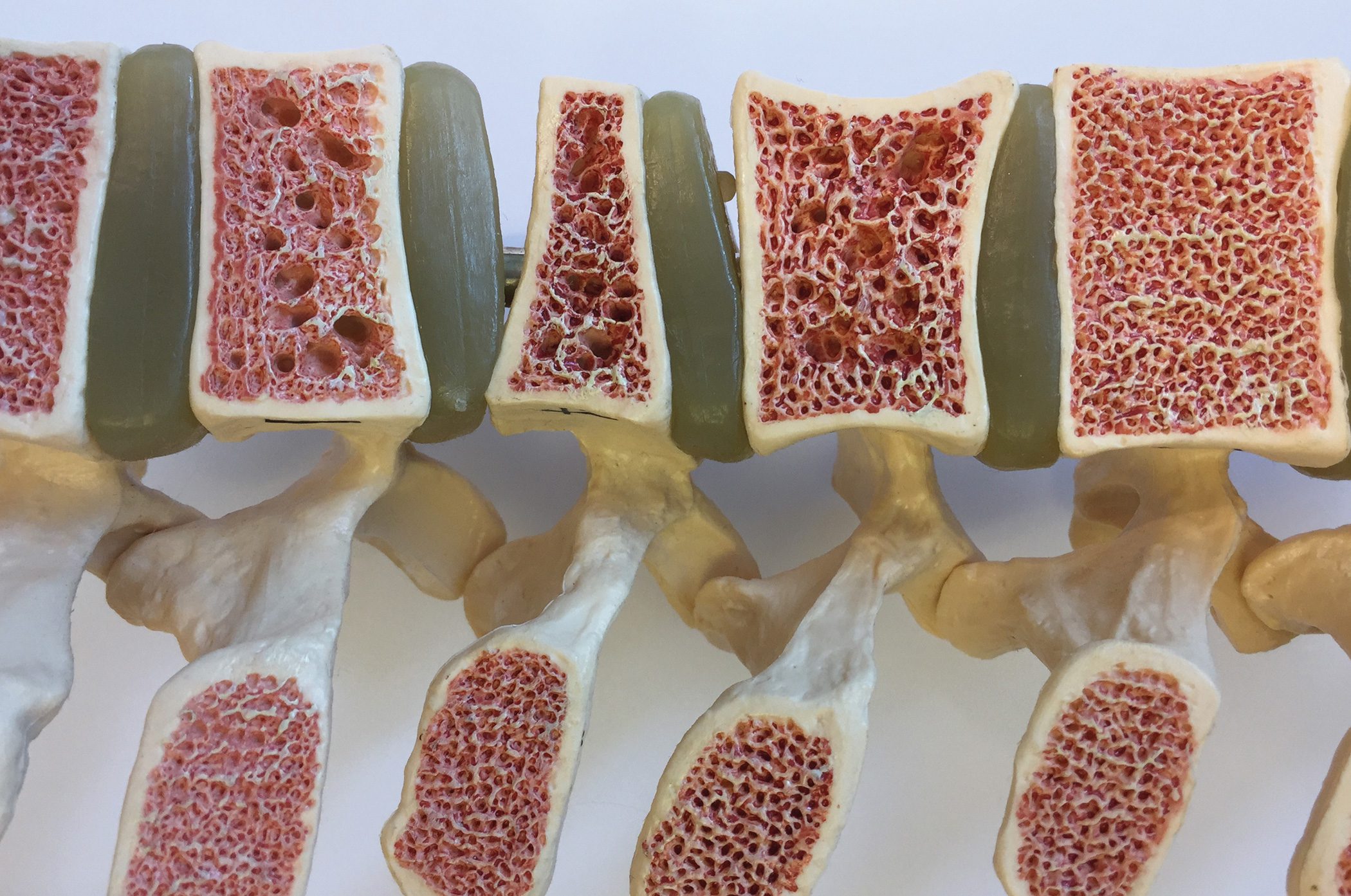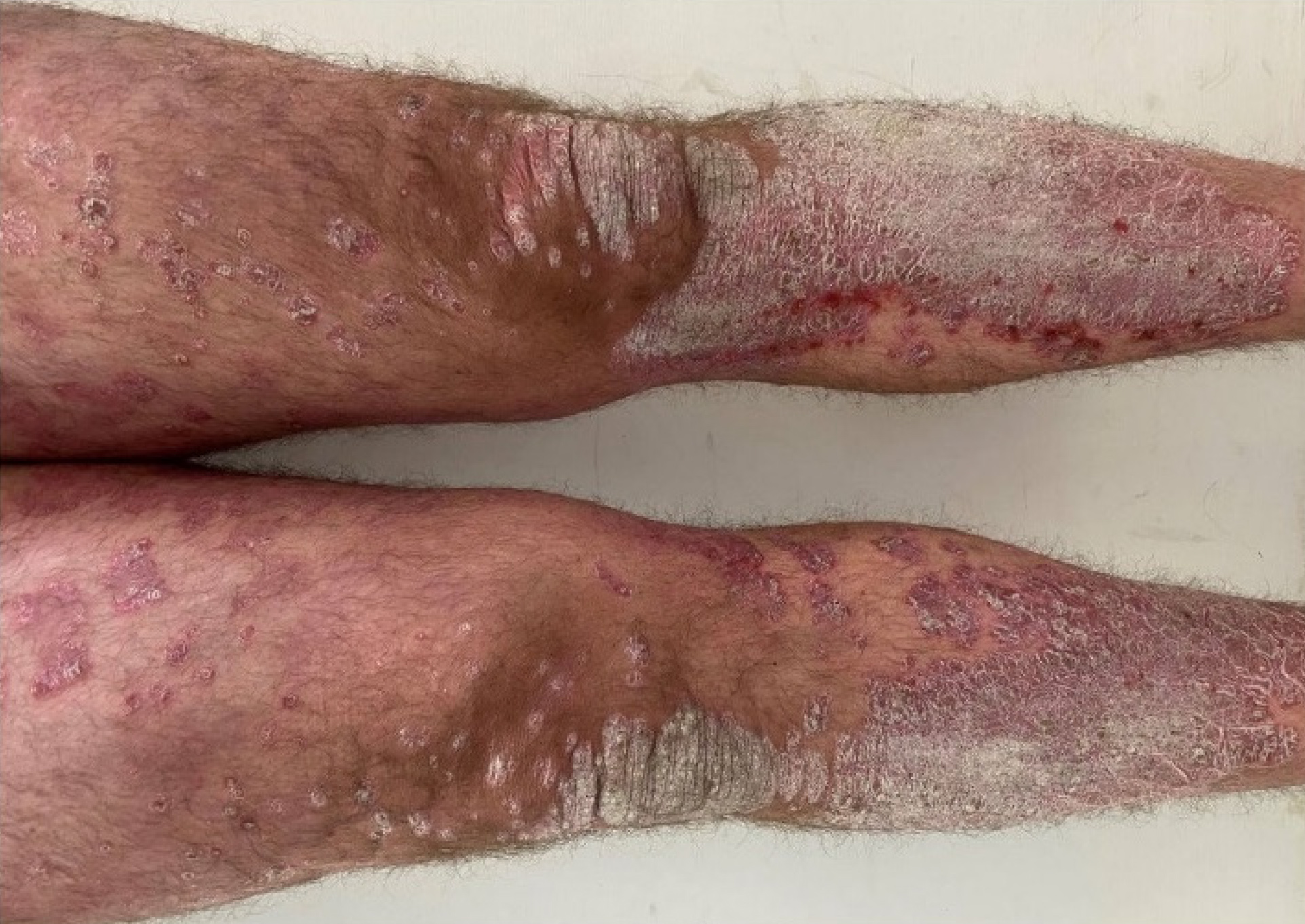To prevent atherosclerosis and the associated risks, consistent treatment of cardiovascular risk factors is recommended – this includes in particular the reduction of elevated LDL cholesterol levels. In addition to lifestyle modification and statins, a wide range of newer lipid-lowering drugs are available, including ezetimibe, PCSK9 inhibitors, and bempedoic acid. These can be considered as combination therapies under individual risk-benefit assessment.
Dyslipidemia is common in people with type 2 diabetes and, like hypertension, smoking, and obesity, contributes significantly to (cardio)vascular risk [1]. The best prevention of atherosclerotic changes is to treat or avoid these risks. The preventive benefit is all the greater if a risk factor can be reduced at an early stage, explained Anja Vogt, MD, senior physician at the Medical Clinic and Polyclinic of the University of Munich Hospital [2]. LDL cholesterol lowering plays an important role in this process [3]. If too much LDL (“Low Density Lipoprotein”) cholesterol circulates in the blood, it is deposited in the vessel walls, causing atherosclerosis. If LDL levels are only slightly elevated, a change in diet and exercise habits may be sufficient to reduce the risk. However, in cases of severely elevated levels or when lifestyle measures are not sufficient, drug therapy should be used [3].
ESC/EAS guidelines: risk-adapted LDL-C target levels.
A previous study demonstrated that LDL cholesterol lowering of 1 mmol/l (39 mg/dl) with statin therapy reduced cardiovascular event rates (stroke, myocardial infarction) by approximately 20% [3,4]. And a recent pooled analysis of large lipid studies over the past three decades also shows that lowering LDL cholesterol has been shown to reduce cardiovascular events [5]. Current European Society of Cardiology (ESC) and European Atherosclerosis Society (EAS) guidelines recommend tailoring specific LDL target levels to patients’ cardiovascular risk profiles [6]. In patients at high and very high cardiovascular risk, a reduction from baseline LDL-C of at least 50% should be achieved. According to ESC/EAS, patients with diabetes without end-organ damage and a disease duration of ≥10 years or an additional cardiovascular risk factor are classified as high risk, whereas patients with long-standing type 2 diabetes with end-organ damage and ≥3 major risk factors are classified as very high risk, analogous to patients with atherosclerotic vascular disease (CHD, pAVD).
“Treat to target” concept: using modern lipid-lowering agents
Statin therapy is recommended as the initial medication for LDL-C lowering. Lipid status should be checked after three months at the latest [7]. If the targeted LDL cholesterol levels are not achieved by statin therapy alone, combination therapies with the newer lipid-lowering agents can be considered (Fig. 1) .

Ezetimibe induces lipid-lowering effects by inhibiting lipid transport from the intestine into the blood by binding to the transport protein NPC1L1 (Niemann-Pick C1-Like). In the IMPROVE-IT trial, simvastatin 40 mg/day plus ezetimibe 10 mg/day achieved a nearly 23% reduction in LDL-C compared with simvastatin 40 mg/day, which was associated with a reduction in cardiovascular events of approximately 6% while being well tolerated [8].

Evolocumab is a monoclonal antibody from the group of PCSK9 inhibitors. The FOURIER study demonstrated a significant reduction in cardiovascular events. This randomized-controlled double-blind study included 27 ‘564 patients who had atherosclerotic cardiovascular disease and LDL-C levels of ≥1.8 mmol/l and were treated with statins. Participants received evolocumab (either 140 mg every 2 weeks or 420 mg monthly) or matching placebo as a subcutaneous injection. After 48 weeks, the mean percent reduction in LDL cholesterol with evolocumab was 59% (from a mean baseline of 2.4 mmol/l to 0.78 mmol/l), making the PCSK9 inhibitor significantly superior to placebo (p<0.001) [9]. The risk for the primary endpoint-a composite of cardiovascular death, myocardial infarction, stroke, hospitalization for unstable angina, or coronary revascularization-was significantly reduced by treatment with evolocumab (hazard ratio [HR], 0.85; 95% CI: 0.79-0.92; p<0.001) and also in terms of risk reduction for the main secondary endpoint, the evolocumab arm proved to be significantly superior to placebo (HR 0.80; 95% CI: 0.73-0.88; p<0.001) [9]. There were no significant differences between the study arms with regard to adverse events.
Inclisiran is a “small interfering” RNA preparation that causes inactivation of translation of PCSK9 mRNA into its associated protein. Thus, includeisiran inhibits hepatic production of PCSK9. In the ORION-10 and ORION-11 studies, the use of this innovative active substance in patients with underlying atherosclerotic disease and/or heterozygous familial hypercholesterolemia resulted in a reduction of LDL-C by approximately 50% while at the same time being very well tolerated [11].

Bempedoic acid is also one of the newer lipid-lowering agents. The active metabolite of bempedoic acid inhibits the enzyme ATP-citrate lyase, which is involved in the biosynthesis of cholesterol in the liver. The CLEAR-HARMONY study demonstrated a reduction in LDL cholesterol of approximately 18% in patients with underlying atherosclerotic disease and/or heterozygous familial hypercholisterinemia who were already receiving a statin and had baseline LDL-C levels of ≥70 mg/dL. In an observational study in patients with hypercholesterolemia and high cardiovascular risk with maximum tolerated statin dose, ezetimibe as an add-on resulted in an additional 23% reduction in LDL-C, bempedoic acid as an add-on treatment resulted in 17% additional reduction, and with the combination of bempedoic acid and ezetimibe a 36% reduction was achieved (Fig. 2) [10].
Congress: Diabetologie grenzenlos
Literature:
- Gesellschaft (DDG) und diabetesDE – Deutsche Diabetes-Hilfe (Hrsg.), erschienen zum Weltdiabetestag am 14.11.2022.
- «Diabetes mellitus und Fettstoffwechselerkrankungen: Update 2023», Dr. med. Anja Vogt, Diabetologie grenzenlos, 03.02.2023.
- «LDL-Cholesterin-Senkung zur Sekundärprävention von Schlaganfällen», DGN, 11.05.2022.
- Baigent C, et al.: Efficacy and safety of cholesterol-lowering treatment: prospective meta-analysis of data from 90,056 participants in 14 randomised trials of statins. Lancet 2005, 366 (9493): 1267–1278.
- Landmesser U, et al.: 2017 Update of ESC/EAS Task Force on practical clinical guidance for proprotein convertase subtilisin/kexin type 9 inhibition in patients with atherosclerotic cardiovascular disease or in familial hypercholesterolaemia. Eur Heart J 2018; 39 (14): 1131–1143.
- Mach F, et al.: ESC Scientific Document Group. 2019ESC/EAS Guidelines for the management of dyslipidaemias: lipid modification to reduce cardiovascular risk. Eur Heart J 2020; 41: 111–188.
- «Behandlungsleitfaden Lipidmanagement», Diabetologen Hessen eG, Status, 08.04.2022.
- Cannon CP, et al.: Ezetimibe added to statin therapy after acute coronary syndromes. NEJM 2015; 372: 2387–2397.
- Sabatine MS, et al.; FOURIER Steering Committee and Investigators. Evolocumab and Clinical Outcomes in Patients with Cardiovascular Disease. NEJM 2017; 376(18): 1713–1722.
- Ballantyne CM, et al.: Bempedoic acid plus ezetimibe fixed-dose combination in patients with hypercholesterolemia and high CVD risk treated with maximally tolerated statin therapy. Eur J Prev Cardiol2020; 27(6): 593–603.
- Ray KK, et al.: Two Phase 3 Trials of Inclisiran in Patients with Elevated LDL Cholesterol. NEJM 2020;
382: 1507–1519. - Ference BA, et al.: Low-density lipoproteins cause atherosclerotic cardiovascular disease. 1. Evidence from genetic, epidemiologic, and clinical studies. A consensus statement from the European Atherosclerosis Society Consensus Panel. Eur Heart J 2017; 8(32): 2459–2472.
- Rosemann A, et al.: Hyperlipidämie. Medix Guideline, zuletzt geändert: 01/2022.
- Ray KK, et al.: Safety and Efficacy of Bempedoic Acid to Reduce LDL Cholesterol. NEJM 2019; 380(11): 1022–1032.
HAUSARZT PRAXIS 2023; 18(3): 22–24












